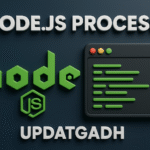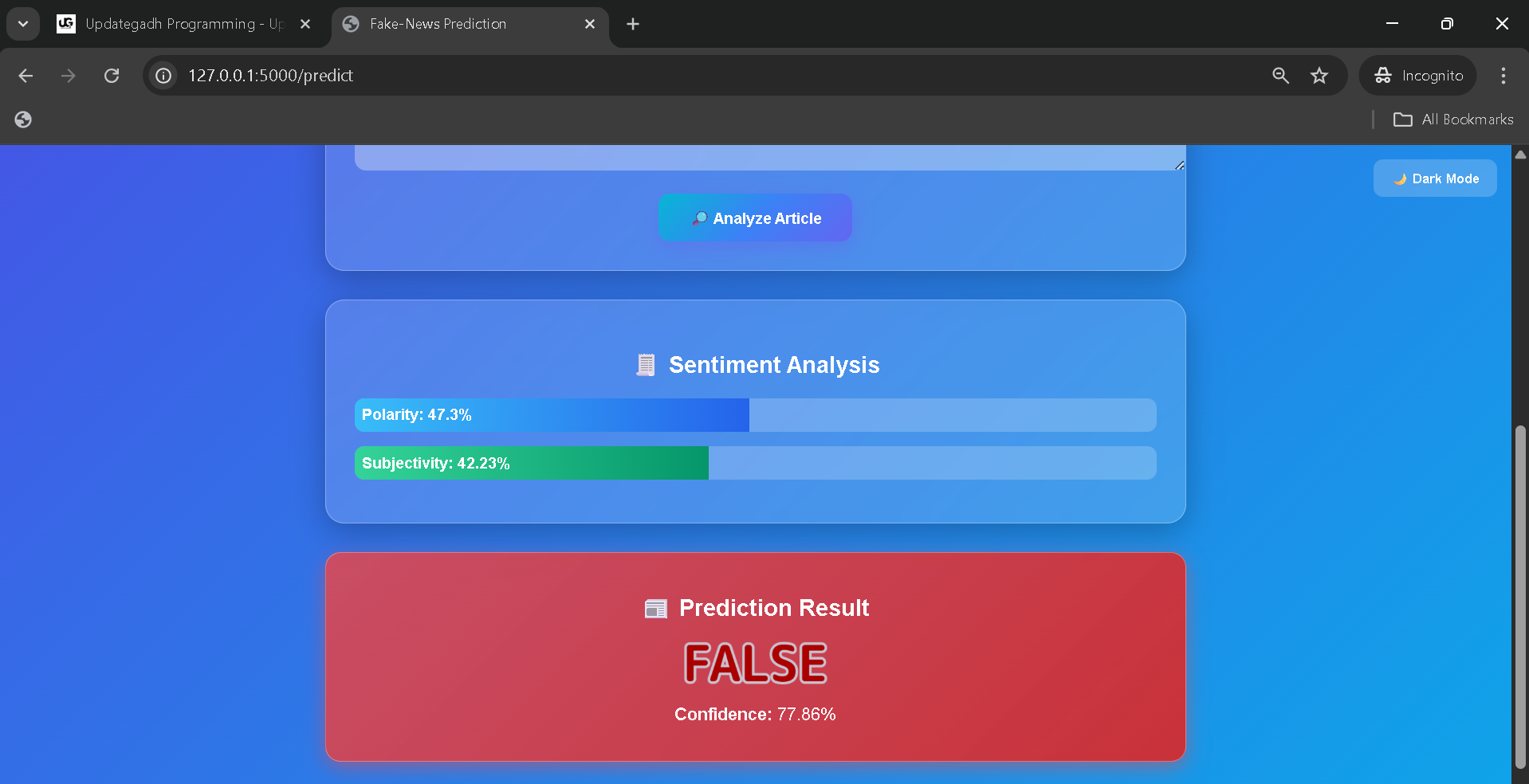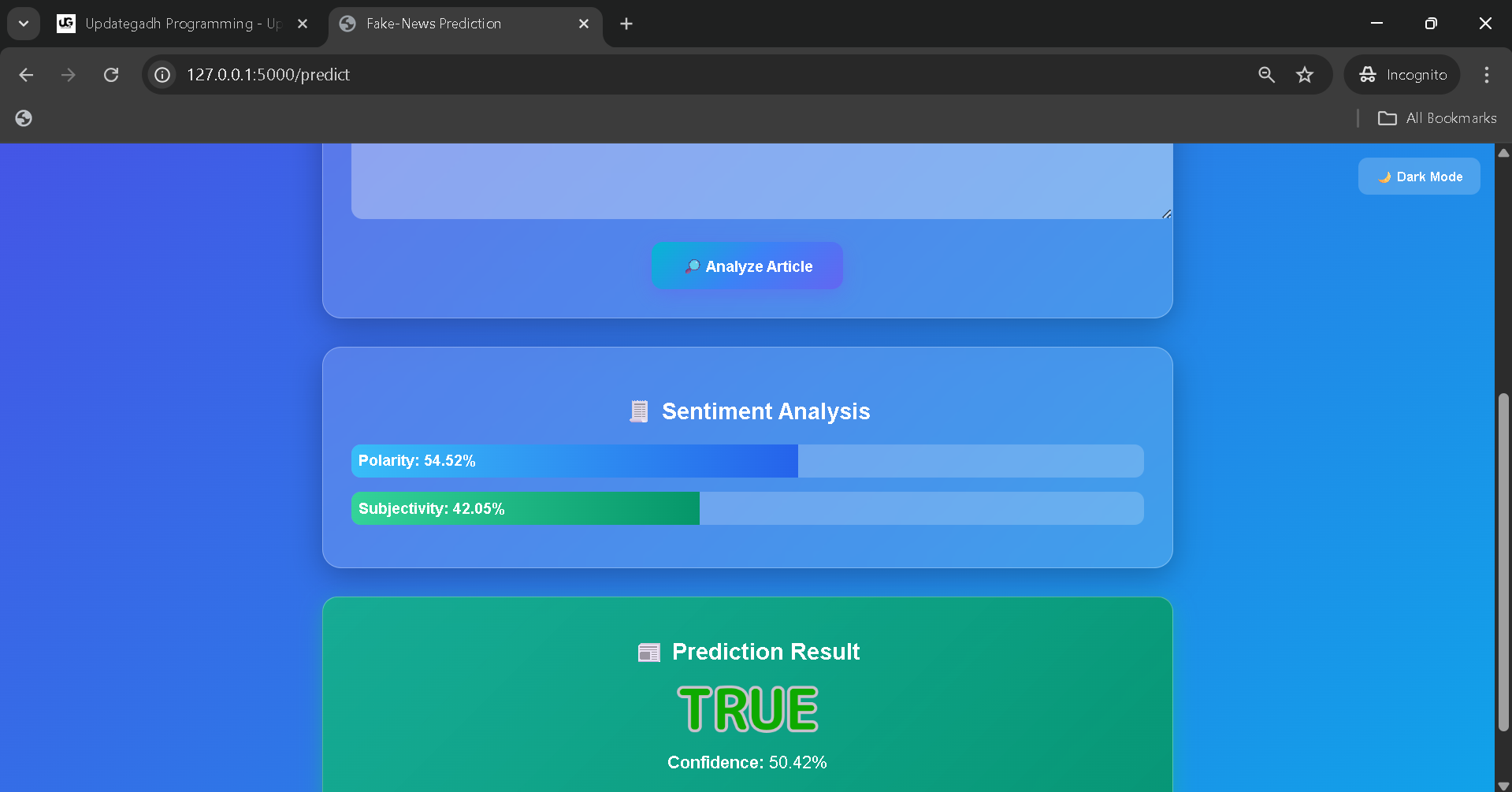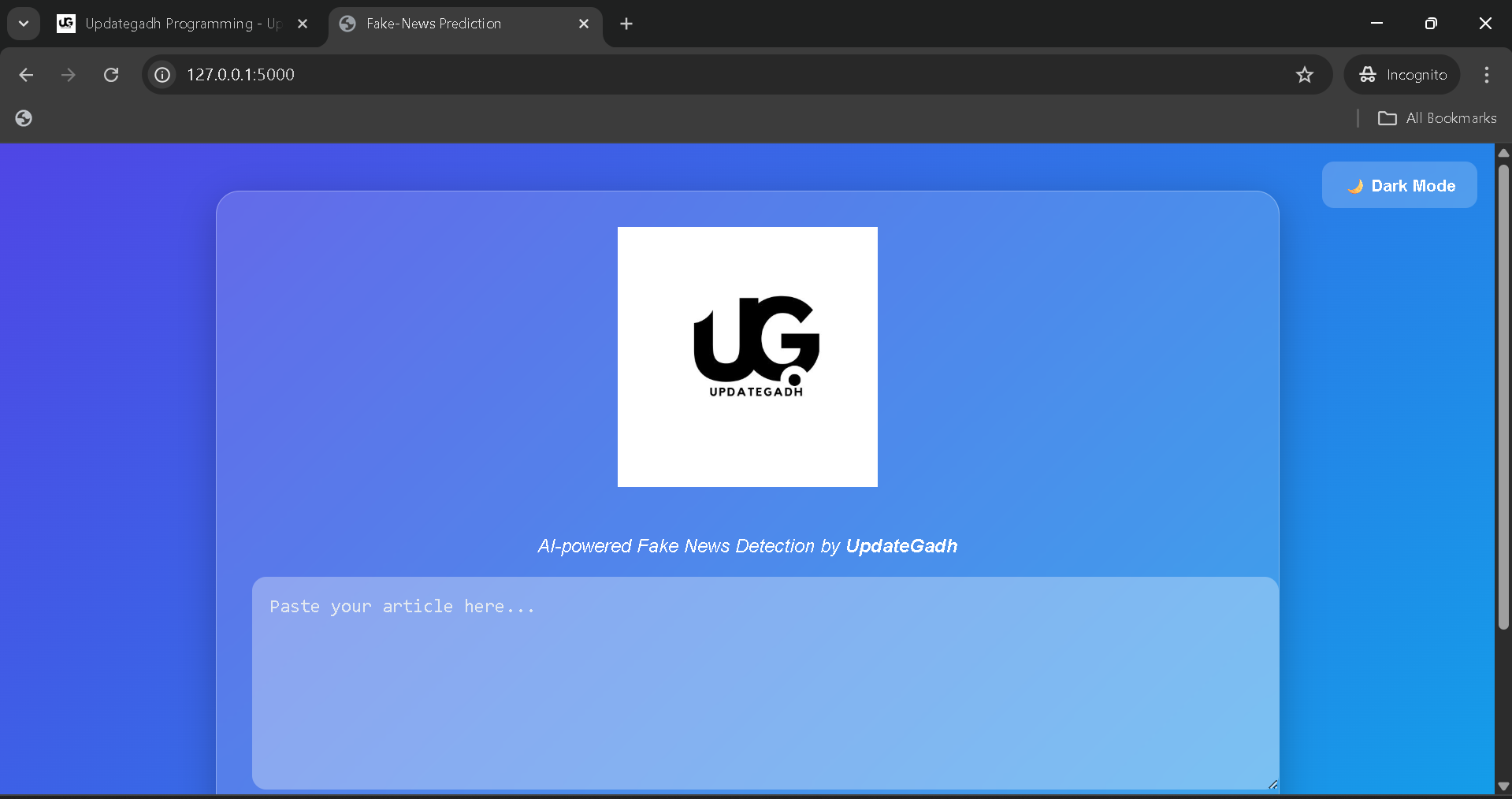
Best AI powered Fake News Detection
AI powered Fake News Detection
Introduction
A simple project based on AI-powered Fake News Detection System which makes use of Natural Language Processing (NLP) and Machine Learning techniques. This project is specially designed for students to understand how text classification works in real applications. It allows users to enter news content and get results whether the news is classified as True or Fake.
The system includes model artifacts, preprocessing utilities, training and testing scripts, and a lightweight Flask-based web interface to make the application user-friendly. It also contains a small feedback mechanism to improve predictions. The concept of this project is directly connected with real-life problems of misinformation and is an excellent choice for students who want to learn how to build and deploy end-to-end ML-based web applications.
Project Overview
| Parameter | Details |
|---|---|
| Project Name | AI-powered Fake News Detection |
| Language/s Used | Python, HTML, CSS, JavaScript |
| Type | Machine Learning Web Application |
| Developer | UPDATEGADH |
Download New Real Time Projects :-Click here
Available Features
- News Classification — A web interface accepts pasted news text and returns a prediction of True or Fake.
- Confidence Score — The model outputs a percent confidence for its prediction (derived from model probabilities).
- Pre-trained Model & Vectorizer —
models/fake_news_model.pklandmodels/tfidf_vectorizer.pklare provided for immediate inference. - Training & Testing Scripts —
train_model.pyandtest_model.pyenable retraining and evaluation using the included datasets. - Text Preprocessing Utilities —
sentimentFunc.py(helper functions) provides preprocessing and feature preparation used by training and inference. - Static Web UI — The
templates/main.htmlandstatic/assets (style.css, images, placeholder JS) implement a simple user interface for interaction. - Datasets Included —
data/dataset_true.csvanddata/dataset_fake.csvare present for model training or experimentation. - Feedback Storage — An SQLite database file
feedback.dbtogether withfeedback_db.pyimplements user feedback recording for later review and model improvement.
Installation Guide (VS Code)
Follow these steps to run the project locally using Visual Studio Code.
- Extract project and open folder in VS Code
- Extract the ZIP to a folder, then open that folder in VS Code: File → Open Folder.
- Create a Python virtual environment
python -m venv venvActivate it:- Windows:
venv\Scripts\activate - macOS / Linux:
source venv/bin/activate
- Windows:
- Install dependencies
If arequirements.txtexists, install it:pip install -r requirements.txtIf not present, install the common dependencies used by the project:pip install flask scikit-learn pandas numpy nltk - (Optional) Download or verify NLTK resources — if preprocessing uses NLTK:
# run inside Python REPL import nltk nltk.download('stopwords') nltk.download('punkt') - Run the application
python main.pyAfter launching, open the browser at:http://127.0.0.1:5000/ - Train or test the model (optional)
To retrain using provided datasets:python train_model.pyTo run tests or evaluation:python test_model.py
Usage
This project is straightforward to use and supports different roles:
- General User / Reader
- Open the web interface in your browser.
- Paste the news article or news snippet into the input area.
- Click the button to get a prediction. The UI returns True or Fake together with a confidence percentage.
- Optionally, submit feedback through the interface — feedback entries are saved into the project’s
feedback.db.
- Developer / Researcher
- Use
train_model.pyto retrain models withdata/dataset_true.csvanddata/dataset_fake.csv. - Inspect
sentimentFunc.pyto understand preprocessing steps (tokenization, cleaning, vectorization). - Update or replace
models/tfidf_vectorizer.pklandmodels/fake_news_model.pklafter retraining.
- Use
- Admin / Maintainer
- Use
feedback_db.pyto access or export feedback fromfeedback.db. This enables manual review of misclassifications or user-reported issues. - Monitor model performance by running
test_model.pyand analyzing the evaluation metrics it prints.
- Use
Contributing
Contributions that improve accuracy, usability, or documentation are welcome. Suggested contributions include:
- Expanding the labeled dataset with reliable sources for broader coverage.
- Improving preprocessing and feature engineering (e.g., n-grams, stopword handling, lemmatization).
- Integrating more advanced models (transformers or fine-tuned BERT variants) in place of the classical ML pipeline.
- Enhancing the web UI for accessibility and better UX.
When contributing, follow standard practice: fork the project, create a feature branch, commit changes with clear messages, and submit a patch for review. Include unit tests and documentation for non-trivial changes.
License
This project is provided under the MIT License. The license in the repository allows use, modification, and distribution under the terms stated in the license file. The codebase is released for educational and learning purposes.
Final Thoughts
From a student’s perspective, this project is a compact but complete introduction to building an ML-powered web application. It demonstrates how raw text can be transformed with simple NLP preprocessing, vectorized using TF–IDF, classified with a model, and then served via a Flask interface — the essential pipeline many production systems use in simplified form. The included datasets, pre-trained artifacts, and feedback mechanism make it useful both as a learning resource and as a base for experimentation: students can try improving the model, add new metrics, or replace the classifier with a deep learning approach. Real-world applications include media monitoring, preliminary fact-checking assistance, and educational demos that show how automation can help identify possible misinformation so human experts can make final determinations.
We have projects Available in all languages:–Click Here
ai powered fake news detection github
ai powered fake news detection python
ai powered fake news detection example
ai powered fake news detection pdf
ai powered fake news detection project
fake news detection app
fake news detection using nlp
fake news detection web app














Post Comment